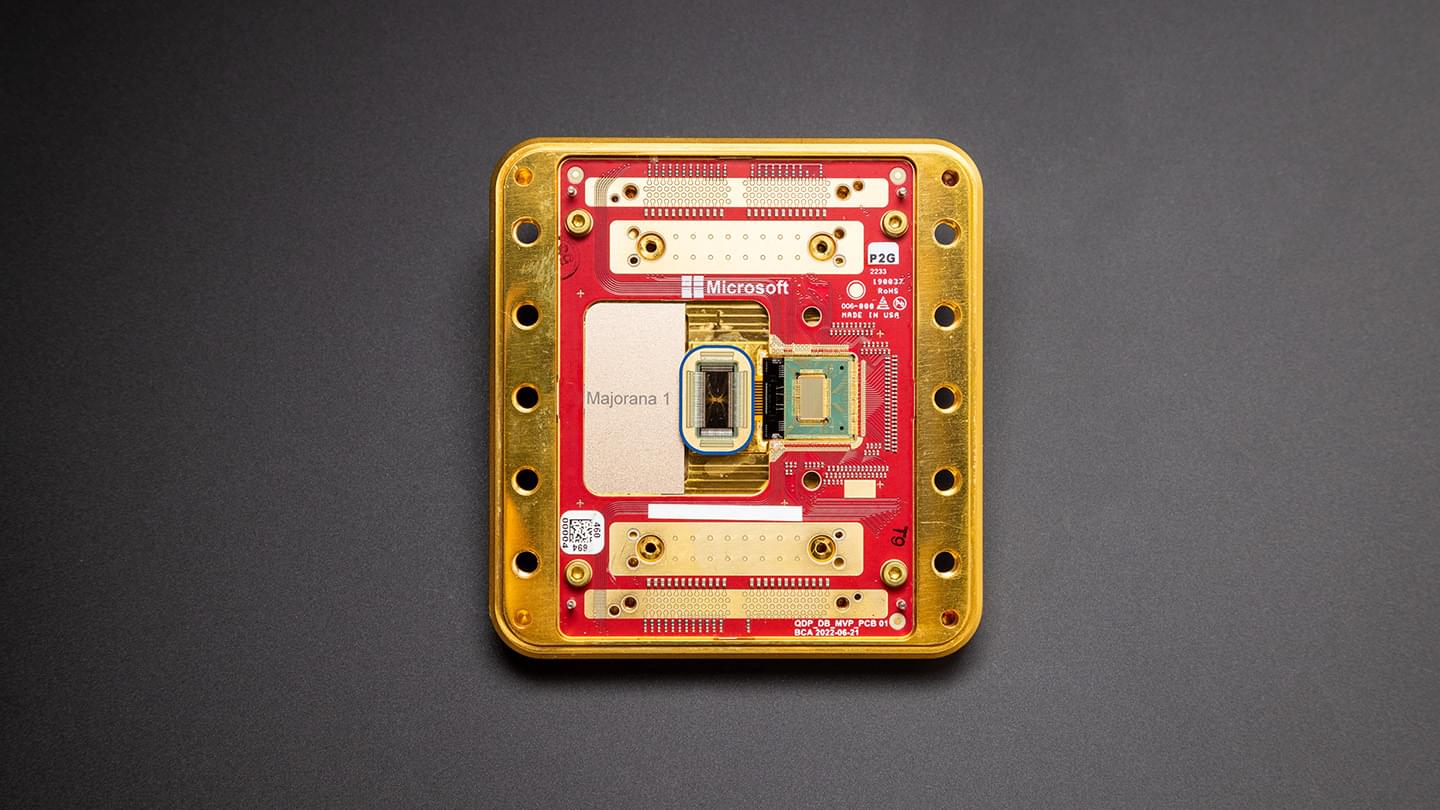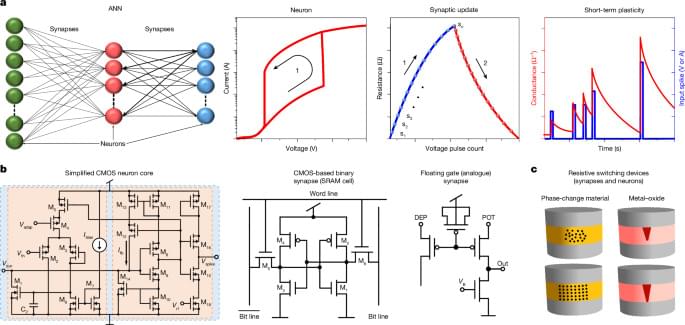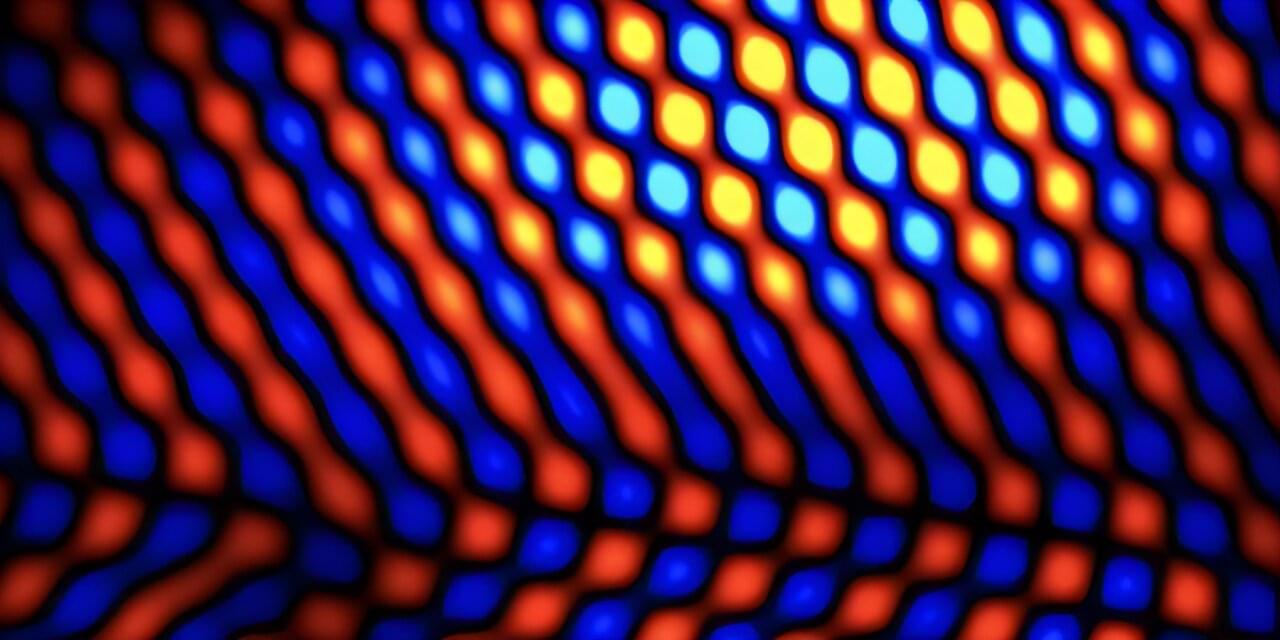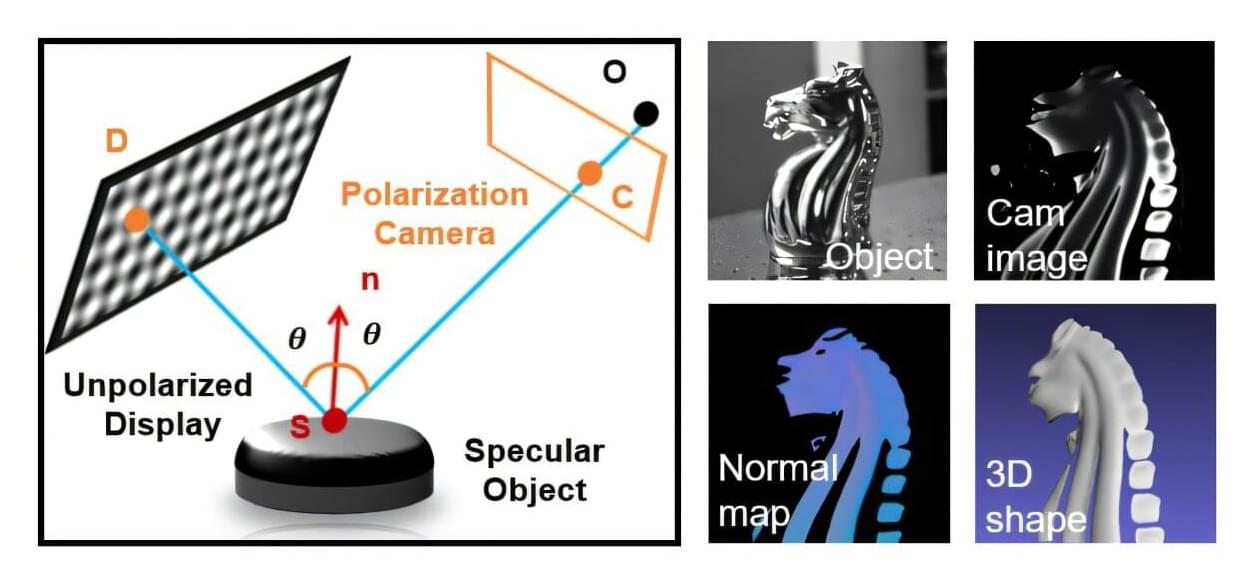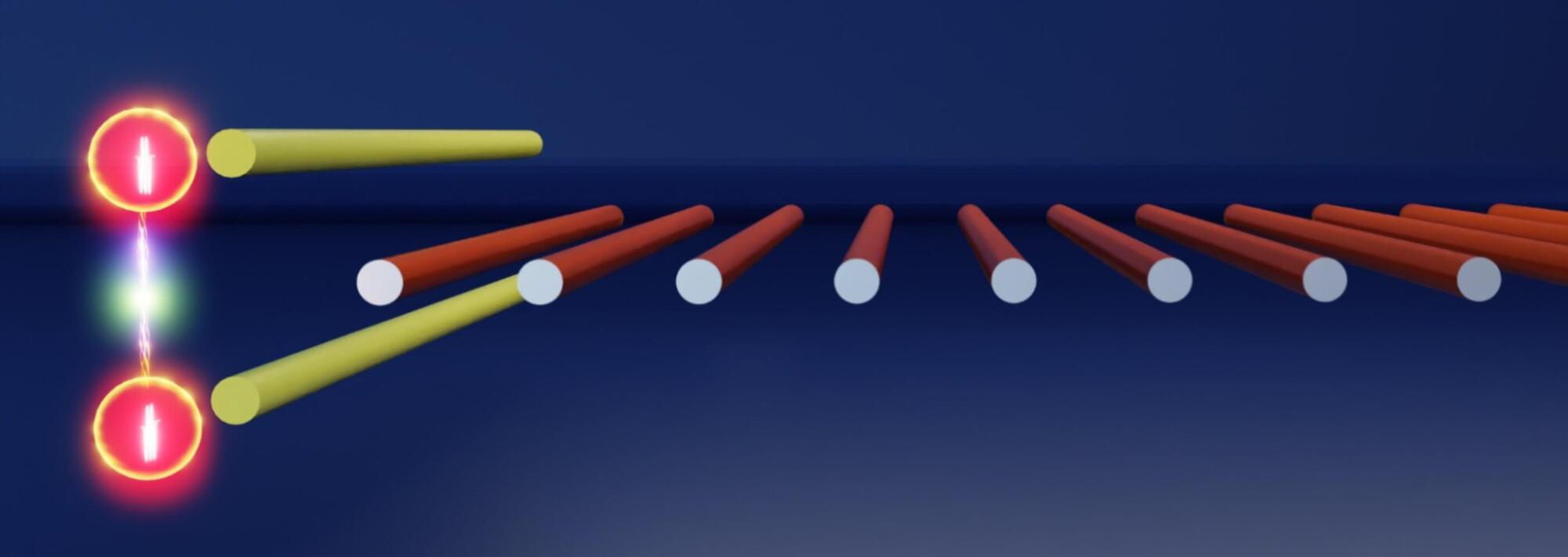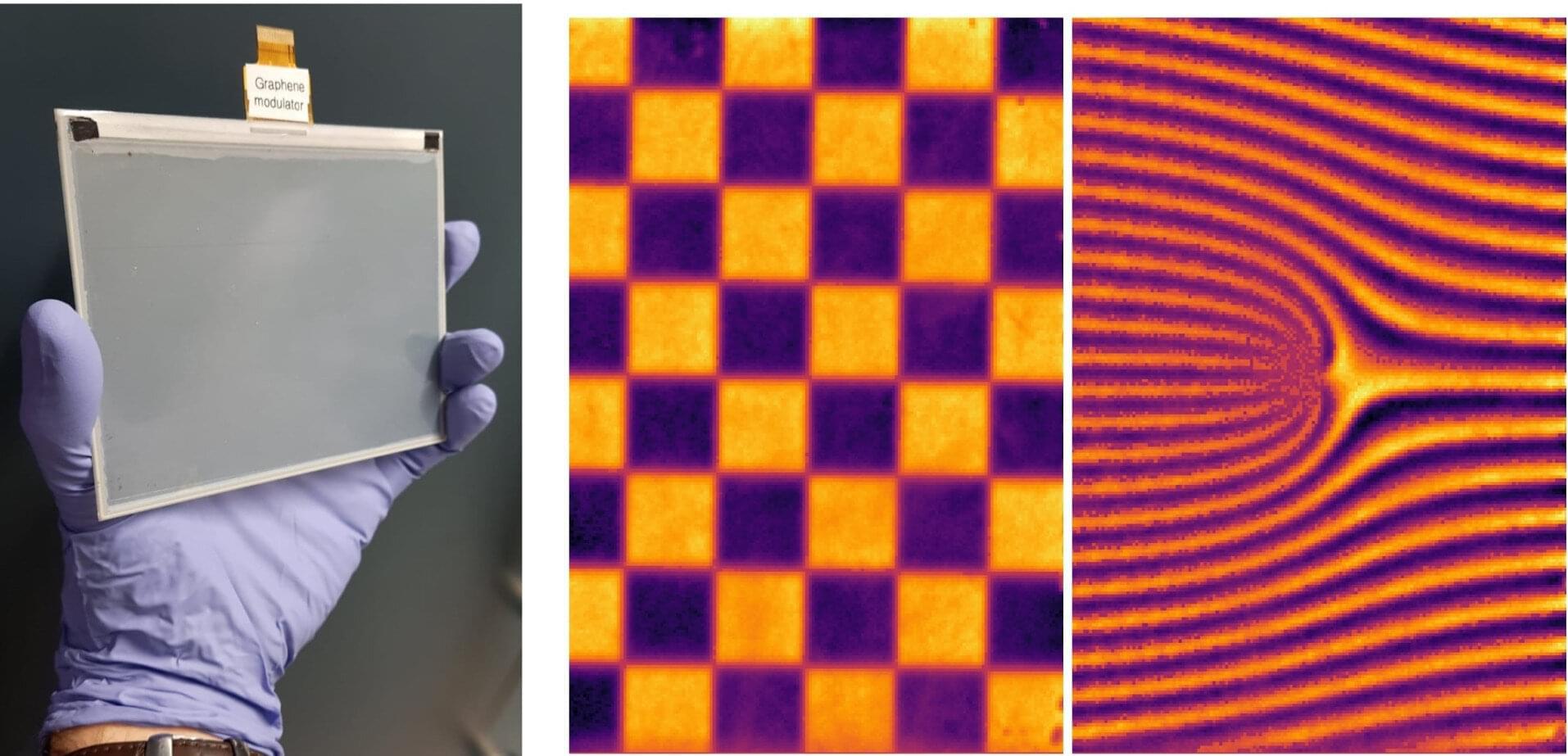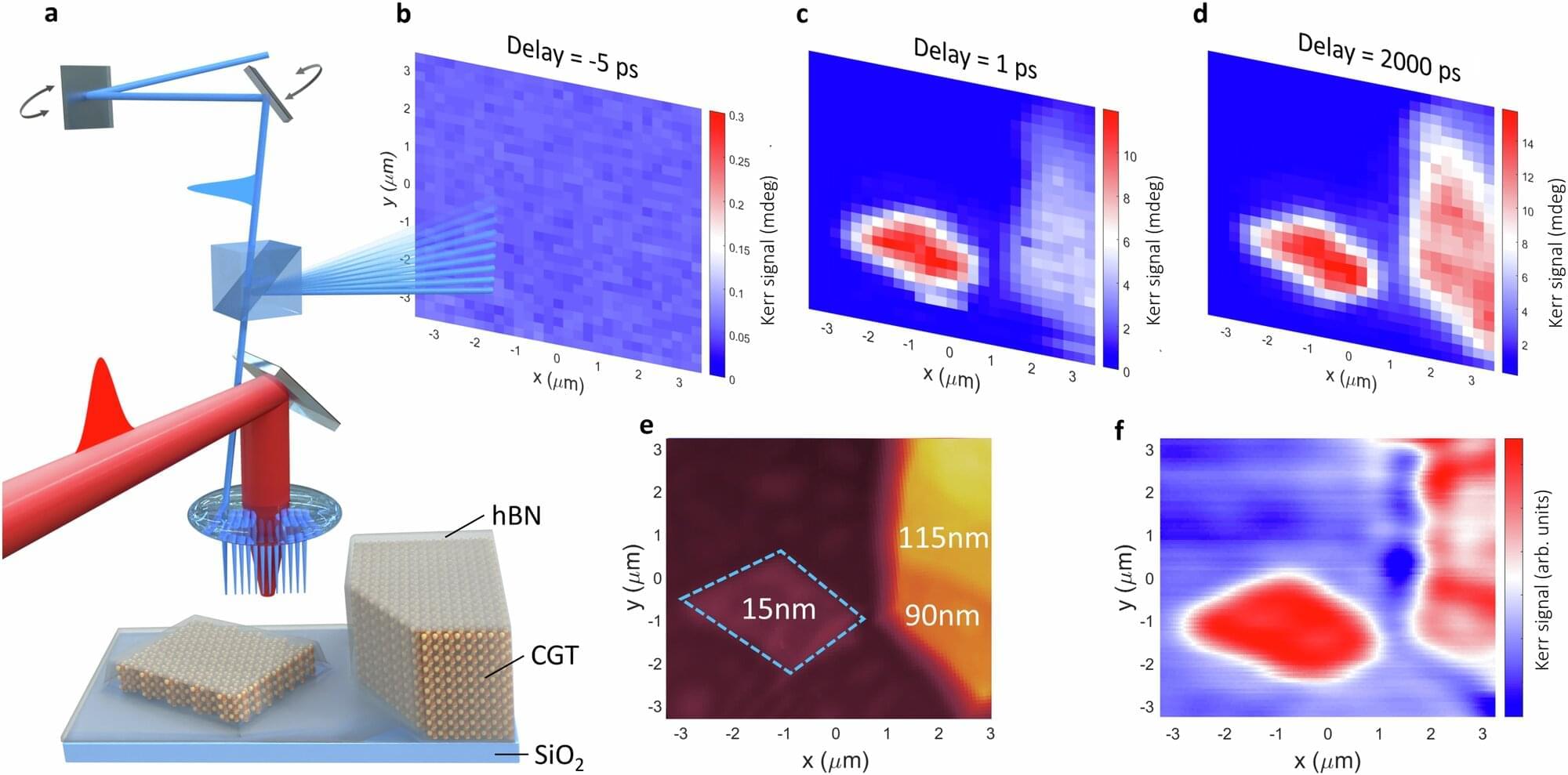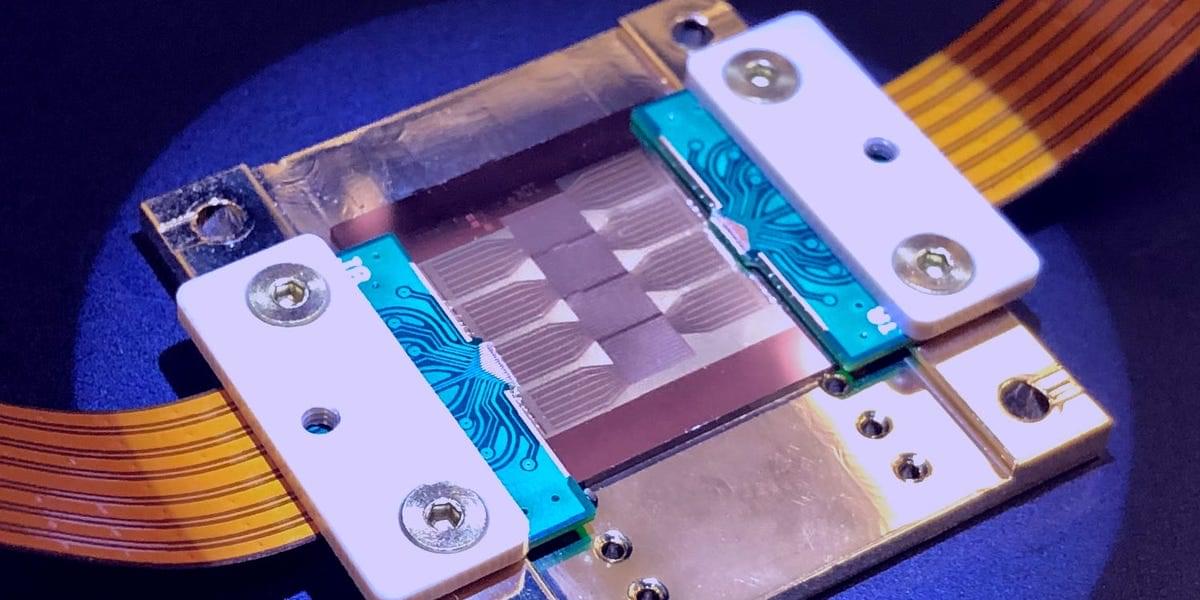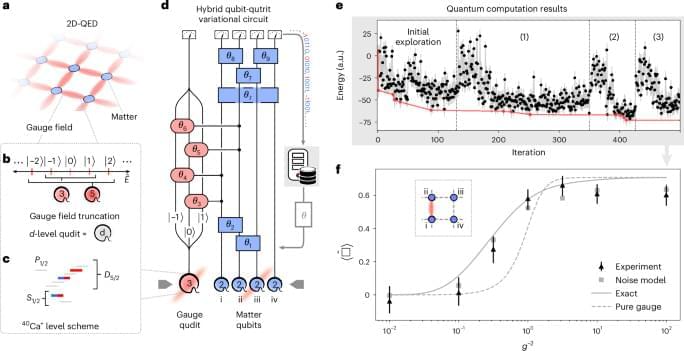Accurate and robust 3D imaging of specular, or mirror-like, surfaces is crucial in fields such as industrial inspection, medical imaging, virtual reality, and cultural heritage preservation. Yet anyone who has visited a house of mirrors at an amusement park knows how difficult it is to judge the shape and distance of reflective objects.
This challenge also persists in science and engineering, where the accurate 3D imaging of specular surfaces has long been a focus in both optical metrology and computer vision research. While specialized techniques exist, their inherent limitations often confine them to narrow, domain-specific applications, preventing broader interdisciplinary use.
In a study published in the journal Optica, University of Arizona researchers from the Computational 3D Imaging and Measurement (3DIM) Lab at the Wyant College of Optica l Sciences present a novel approach that significantly advances the 3D imaging of specular surfaces.
